Peter Lin
Latent Variable Estimation in Bayesian Black-Litterman Models
May 04, 2025Abstract:We revisit the Bayesian Black-Litterman (BL) portfolio model and remove its reliance on subjective investor views. Classical BL requires an investor "view": a forecast vector $q$ and its uncertainty matrix $\Omega$ that describe how much a chosen portfolio should outperform the market. Our key idea is to treat $(q,\Omega)$ as latent variables and learn them from market data within a single Bayesian network. Consequently, the resulting posterior estimation admits closed-form expression, enabling fast inference and stable portfolio weights. Building on these, we propose two mechanisms to capture how features interact with returns: shared-latent parametrization and feature-influenced views; both recover classical BL and Markowitz portfolios as special cases. Empirically, on 30-year Dow-Jones and 20-year sector-ETF data, we improve Sharpe ratios by 50% and cut turnover by 55% relative to Markowitz and the index baselines. This work turns BL into a fully data-driven, view-free, and coherent Bayesian framework for portfolio optimization.
Solving Trojan Detection Competitions with Linear Weight Classification
Nov 05, 2024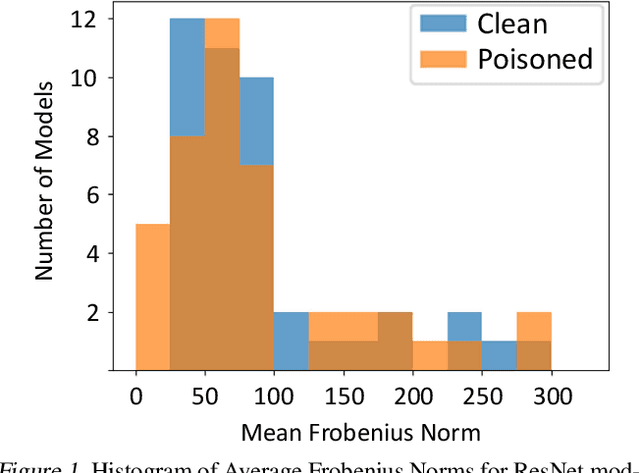
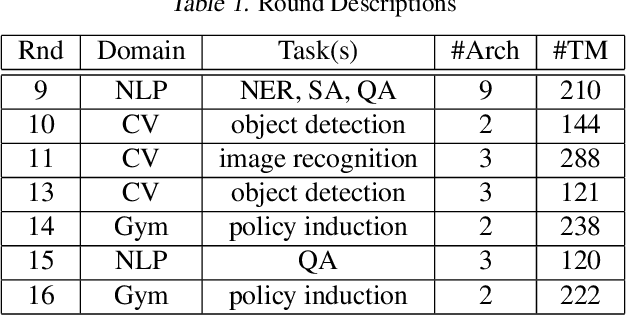
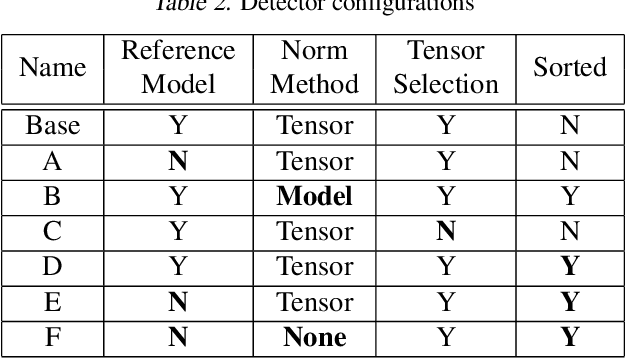
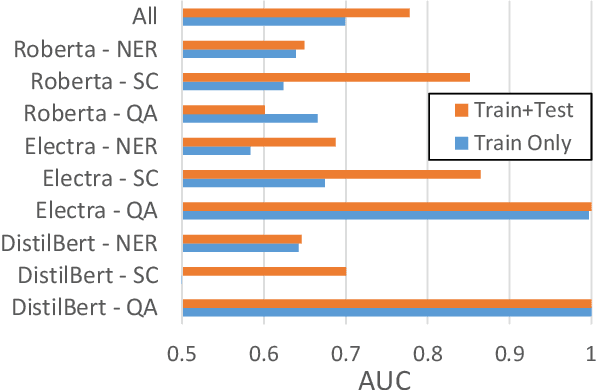
Abstract:Neural networks can conceal malicious Trojan backdoors that allow a trigger to covertly change the model behavior. Detecting signs of these backdoors, particularly without access to any triggered data, is the subject of ongoing research and open challenges. In one common formulation of the problem, we are given a set of clean and poisoned models and need to predict whether a given test model is clean or poisoned. In this paper, we introduce a detector that works remarkably well across many of the existing datasets and domains. It is obtained by training a binary classifier on a large number of models' weights after performing a few different pre-processing steps including feature selection and standardization, reference model weights subtraction, and model alignment prior to detection. We evaluate this algorithm on a diverse set of Trojan detection benchmarks and domains and examine the cases where the approach is most and least effective.
Privacy Leakage Avoidance with Switching Ensembles
Nov 18, 2019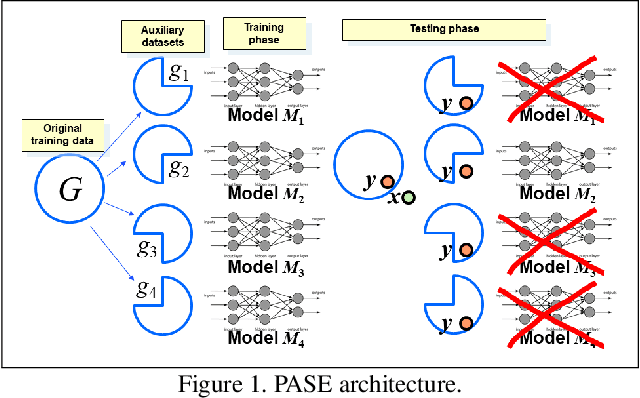
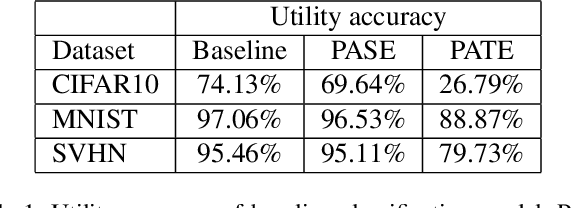
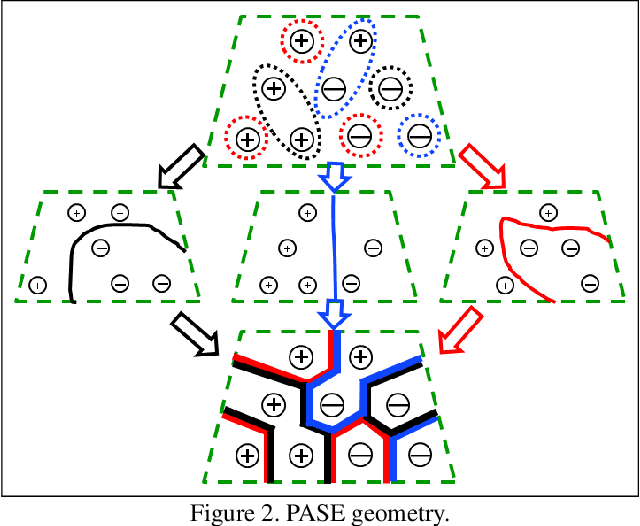
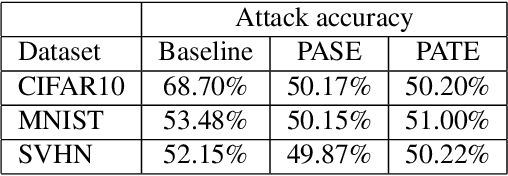
Abstract:We consider membership inference attacks, one of the main privacy issues in machine learning. These recently developed attacks have been proven successful in determining, with confidence better than a random guess, whether a given sample belongs to the dataset on which the attacked machine learning model was trained. Several approaches have been developed to mitigate this privacy leakage but the tradeoff performance implications of these defensive mechanisms (i.e., accuracy and utility of the defended machine learning model) are not well studied yet. We propose a novel approach of privacy leakage avoidance with switching ensembles (PASE), which both protects against current membership inference attacks and does that with very small accuracy penalty, while requiring acceptable increase in training and inference time. We test our PASE method, along with the the current state-of-the-art PATE approach, on three calibration image datasets and analyze their tradeoffs.
MathQA: Towards Interpretable Math Word Problem Solving with Operation-Based Formalisms
May 30, 2019
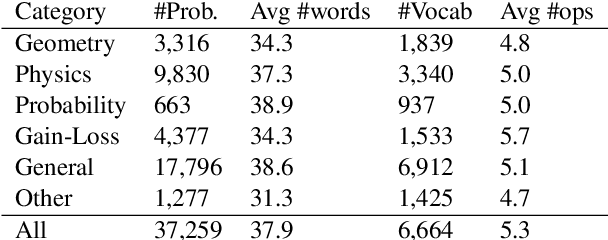
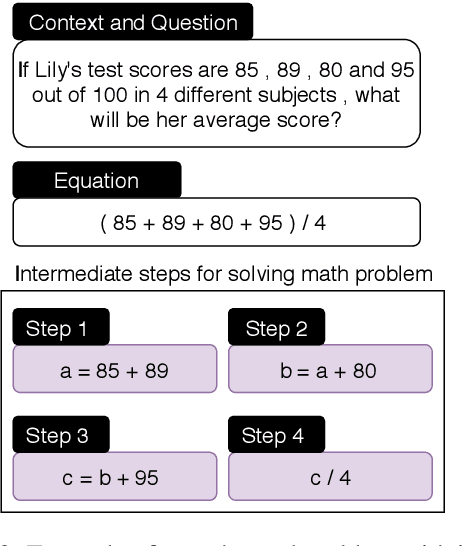
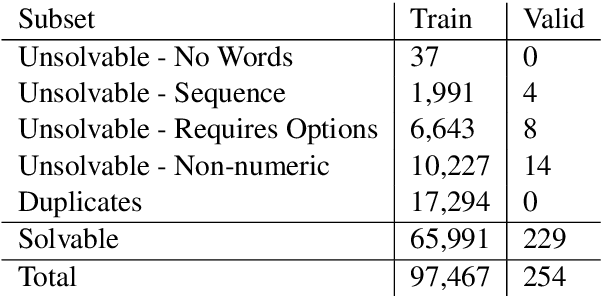
Abstract:We introduce a large-scale dataset of math word problems and an interpretable neural math problem solver that learns to map problems to operation programs. Due to annotation challenges, current datasets in this domain have been either relatively small in scale or did not offer precise operational annotations over diverse problem types. We introduce a new representation language to model precise operation programs corresponding to each math problem that aim to improve both the performance and the interpretability of the learned models. Using this representation language, our new dataset, MathQA, significantly enhances the AQuA dataset with fully-specified operational programs. We additionally introduce a neural sequence-to-program model enhanced with automatic problem categorization. Our experiments show improvements over competitive baselines in our MathQA as well as the AQuA dataset. The results are still significantly lower than human performance indicating that the dataset poses new challenges for future research. Our dataset is available at: https://math-qa.github.io/math-QA/
 Add to Chrome
Add to Chrome Add to Firefox
Add to Firefox Add to Edge
Add to Edge